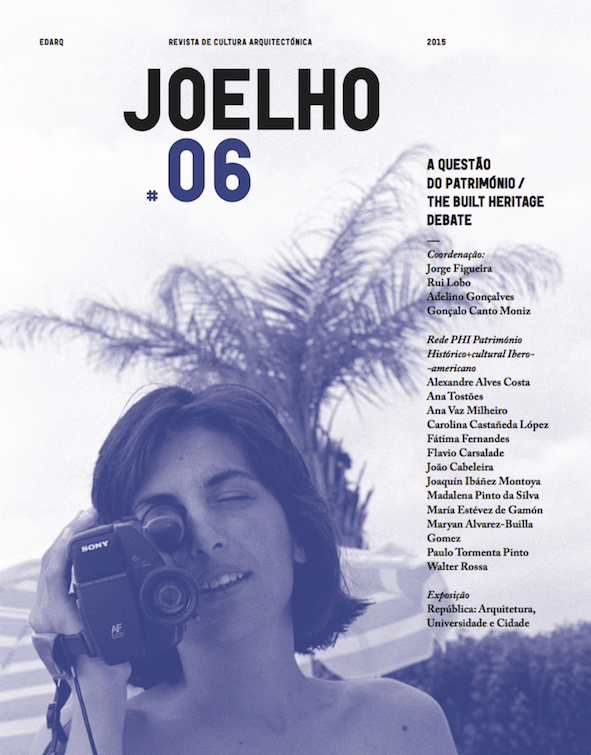Architectural enhancement project and cultural landscape of Cape Espichel
DOI:
https://doi.org/10.14195/1647-8681_6_20Palavras-chave:
Architecture, cape Espichel, cultural landscape, enhancement, ESAP, heritage, memory, recovery, rede PHI, rehabilitation.Resumo
Challenging the conventional idea that leads to think that heritage is confined to the historic centre or classified heritage, we consider necessary to extend the concept to all those spaces loaded with values, architectural and landscape qualities necessary to man and future civilizations.
A developed society should evaluate the importance of its past, not by the market value or conditions derived by assigned ratings, but for their importance and influence on the quality of space and the harmony of human life and communities. Thereby, it occurs to develop a culture and affirm an idea of transformation and conscious modification of the existing assets, according to their balanced reuse and necessary redefinition of a territory that answers the questions of humanity.
Today more than ever, to rehabilitate fundamentally means to recover the lost qualities integrating at the same time those characteristics that are needed for degraded territories to start offering the comfort and beauty conditions necessary for life.
Integrating this document in a territory crossed by architecture schools linked to rede PHI, it seems useful to underline the theoretical and practical method that structures the Final Project of ESAP/Escola Superior Artística do Porto, and the research that, since this matrix, we have been developing within the enhancement and rehabilitation of architecture and heritage landscape. It is indeed in this model that relies the architectural enhancement project and cultural landscape of Cape Espichel, which will serve us to express concerns and underline the value of time and memory through the architectural design.Downloads
##submission.downloads##
Publicado
Edição
Secção
Licença
Acesso Livre
Autores que publicam nesta revista concordam com os seguintes termos:
a. Autores conservam os direitos de autor e concedem à revista o direito de primeira publicação, com o trabalho simultaneamente licenciado sob a Licença Creative Commons Attribution que permite a partilha do trabalho com reconhecimento da autoria e publicação inicial nesta revista.
b. Autores têm autorização para assumir contratos adicionais separadamente, para distribuição não-exclusiva da versão do trabalho publicada nesta revista (ex.: publicar em repositório institucional ou como capítulo de livro), com reconhecimento de autoria e publicação inicial nesta revista.
c. Autores têm permissão e são estimulados a publicar e distribuir o seu trabalho online (ex.: em repositórios institucionais ou na sua página pessoal) a qualquer ponto antes ou durante o processo editorial, já que isso pode gerar alterações produtivas, bem como aumentar o impacto e a citação do trabalho publicado (Veja O Efeito do Acesso Livre).





